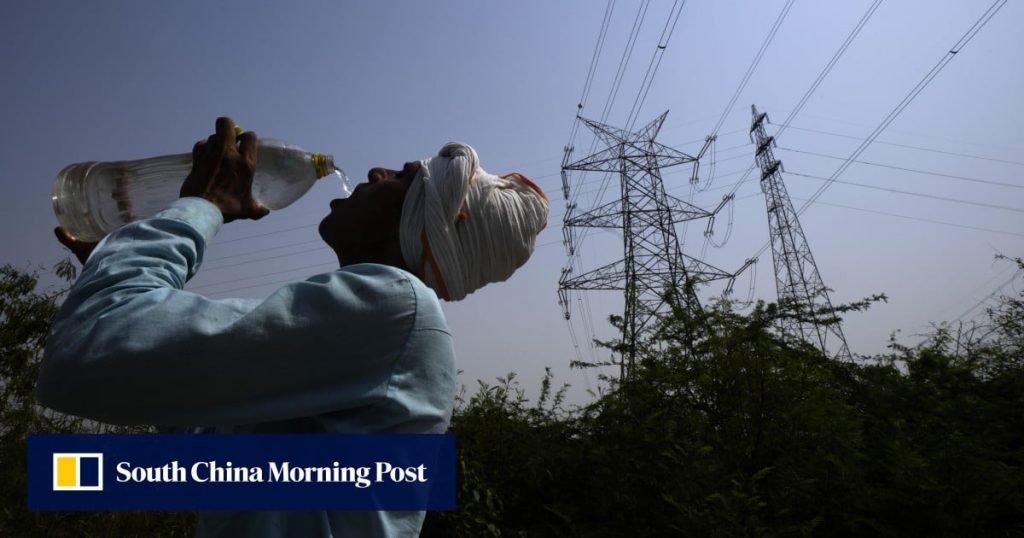As the midday sun blazes over India’s capital, the rooftops shimmer like hot coals, radiating heat back into streets already gasping for relief.
Inside this urban furnace of concrete and asphalt, the air hangs heavy – not just because of rising global temperatures, but due to the very materials from which New Delhi is built.
The causes of this searing urban heat are complex, but some solutions are “surprisingly straightforward and urgently overlooked”, according to Kiff Gallagher, a climate strategist and founding executive director of the Global Heat Reduction Initiative.
“Rising heat in India is seriously affecting urban hotspots, like Delhi,” Gallagher said.

“Compared to surrounding communities, these dense urban areas, characterised by dark, heat-absorbing surfaces like asphalt and concrete, experience significantly higher temperatures.”


